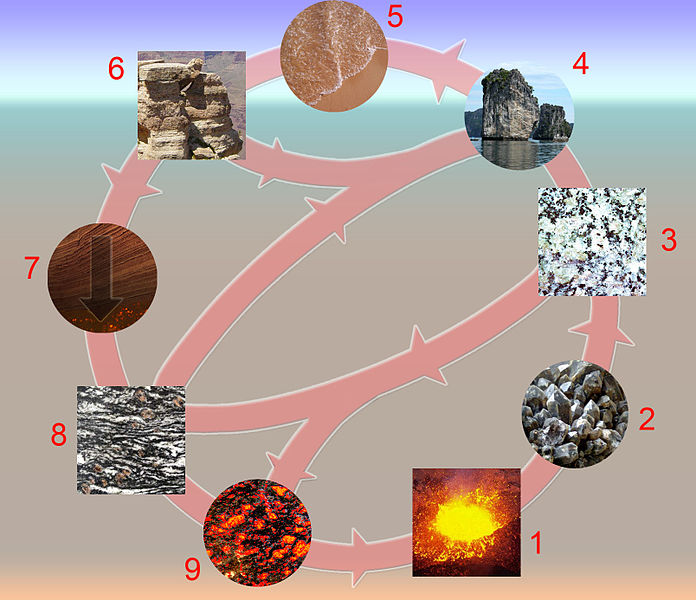| Geologic Time Scale By: Hayden Hogen-Esch |
The Mesozoic era is an era in the geologic timescale, in which the dinosaurs were the main species of animal that ruled the land. This time is also when the first mammals appeared on Earth. During the Mesozoic, Pangaea was still formed, but it later split apart, into two different super continents, called: Gondwana and Laurasia. The climate in the Mesozoic era was much dryer compared the Paleozoic era, having much less marshland, and much more deserts.
Backward-Looking
When it comes to making interactive posters I need to improve a lot more, because when it came to making a poster, all I really made was flaps that you could put up to see information. What I really want to do is find the perfect balance between putting in information, and user interactivity. So that when people look at the poster, they are not only interested, by the interactive parts, they also learn about the subject at hand.
Inward-Looking
One thing I found frustrating about the project was the fact that not all of the teammates did all of their work. Before one of the members could put any information on the board they left on a vacation, leaving one member to do a lot of the work. One member also couldn't finish their work in time so, the same member that picked up for the last persons slack, also finished their part of the project, which was frustrating for me to watch, and not be able to help as much.
Outward-Looking
If I were to give my part of the project a grade, I would give it a B, because I feel like it got out all of the information that it needed to get out, and also had some interactivity. But I feel like the project doesn't go beyond, it only does what it needs to do, and I would have put more information and I would make the user interact with the project more, and also in a better way.
Forward-Looking
One thing I would like to improve is my creativity, when making the project, I didn't have any real ideas on what to put on the poster, I knew I had to have some interactivity, so I put information on flaps and left it at that. I would like to make it more interesting for people to not only look at, but also to play with. I need to find more ways to ignite my imagination.

